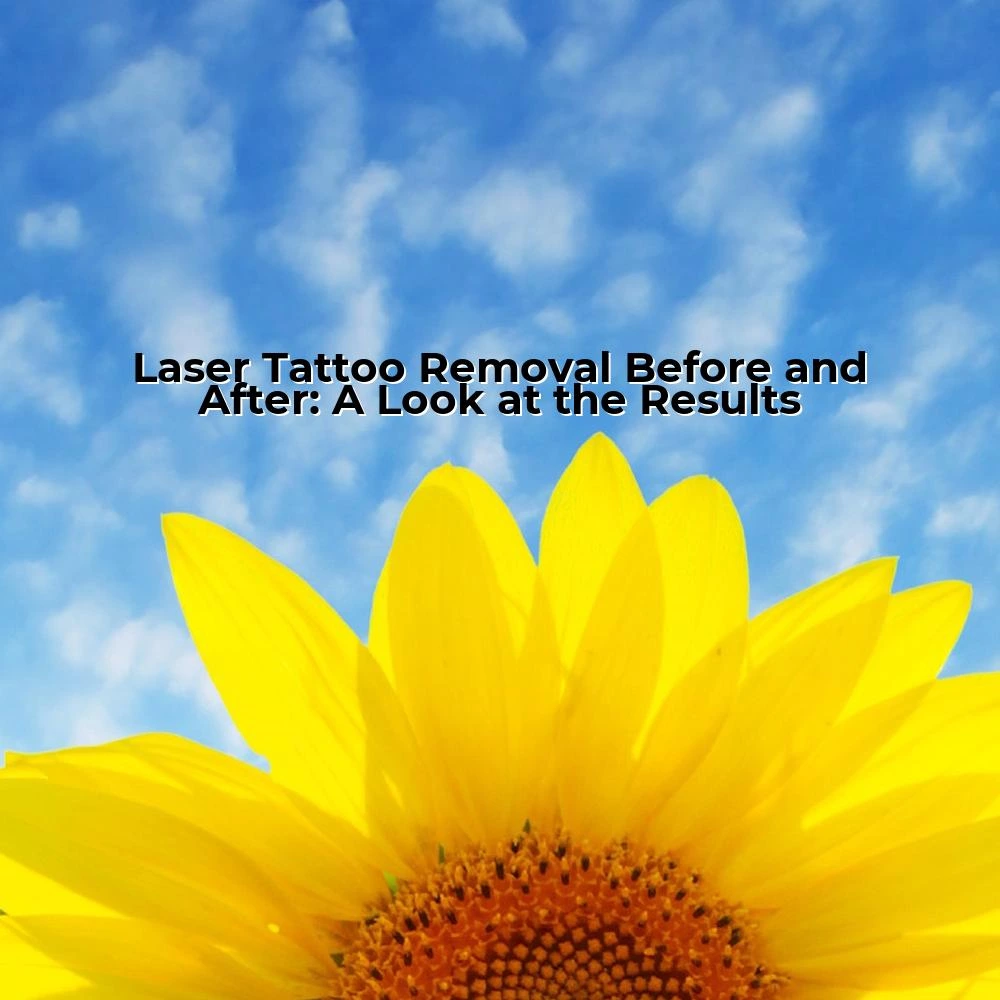Laser Tattoo Removal Before and After
| Visit:97

Laser Tattoo Removal Before and After
Introduction
The advent of laser technology in dermatology has revolutionized the sphere of tattoo removal. Traditional methods such as salabrasion, excision, and dermabrasion have now given way to less invasive, highly specific, and efficacious laser technologies. One can observe the transformation more explicitly by viewing the stark differences in laser tattoo removal before after photos.
Mechanism of Laser Tattoo Removal
Laser tattoo removal functions on the principle of selective photothermolysis. The tattoo pigment absorbs the high-energy laser light, heats up and shatters into minuscule particles. These particles are then gradually cleared by the body’s immune system. Specific selection of laser wavelengths allows targeting different pigment colors without affecting surrounding skin.
Understanding the Procedure for Optimal Results
Given the non-invasive nature of the procedure, laser tattoo removal typically begins with applying a topical anesthetic, followed by the treatment itself and a post-procedure follow-up. According to Ciellulu, a significant provider of laser tattoo removal, achieving optimal results requires multiple sessions depending on a variety of factors including the patient’s skin type, tattoo location, color, and ink depth.
Examining Laser Tattoo Removal – Before After Results
In the case of laser tattoo removal, pictures often speak louder than words. Pre-procedure images often depict dark, well-defined, and saturated tattoos. Following the first few procedures, most patients note a visible lightening of the targeted pigment. Repeated sessions lead to progressive fading of the tattoo, underscoring the treatment's efficacy. At the end of the therapy, the skin’s natural complexion is recovered with an extremely subtle or unnoticeable tattoo remnant.
While the laser tattoo removal before after results are undeniably impressive, it is crucial to note that outcomes depend on several variables. For instance, professional tattoos with higher pigment density and depth require more sessions for complete removal compared to amateur tattoos. Similarly, certain pigments are more difficult to clear than others.
Post-procedure Considerations
Although laser tattoo removal is generally safe, there may be occasional side effects such as temporary skin discoloration, infection, or scarring. These potential complications can be largely mitigated with proper care and guidance from trained professionals. It is also paramount to protect the area from sun exposure before full skin healing is achieved.
Conclusion
As demonstrated by laser tattoo removal before after images, this technological advancement offers a safe, efficient, and minimally invasive option for those seeking to delete their tattoos. Undoubtedly, individual results may vary based on tattoo specifics and patient characteristics. Nonetheless, the results are tangibly dramatic when managed by a seasoned professional with a comprehensive understanding of the procedure, and patient care.
As more patients turn to laser technology for tattoo removal, success stories are increasingly becoming the norm. It is a testament to the power of this tool in the armamentarium of a dermatologist for removal of an unwanted tattoo. This is a journey that transforms patients and provides an opportunity for skin renewal – an avenue to erase regrets and open up space for new beginnings.




 Ciellulu Laser - Facial Machine Supplier
Ciellulu Laser - Facial Machine Supplier

